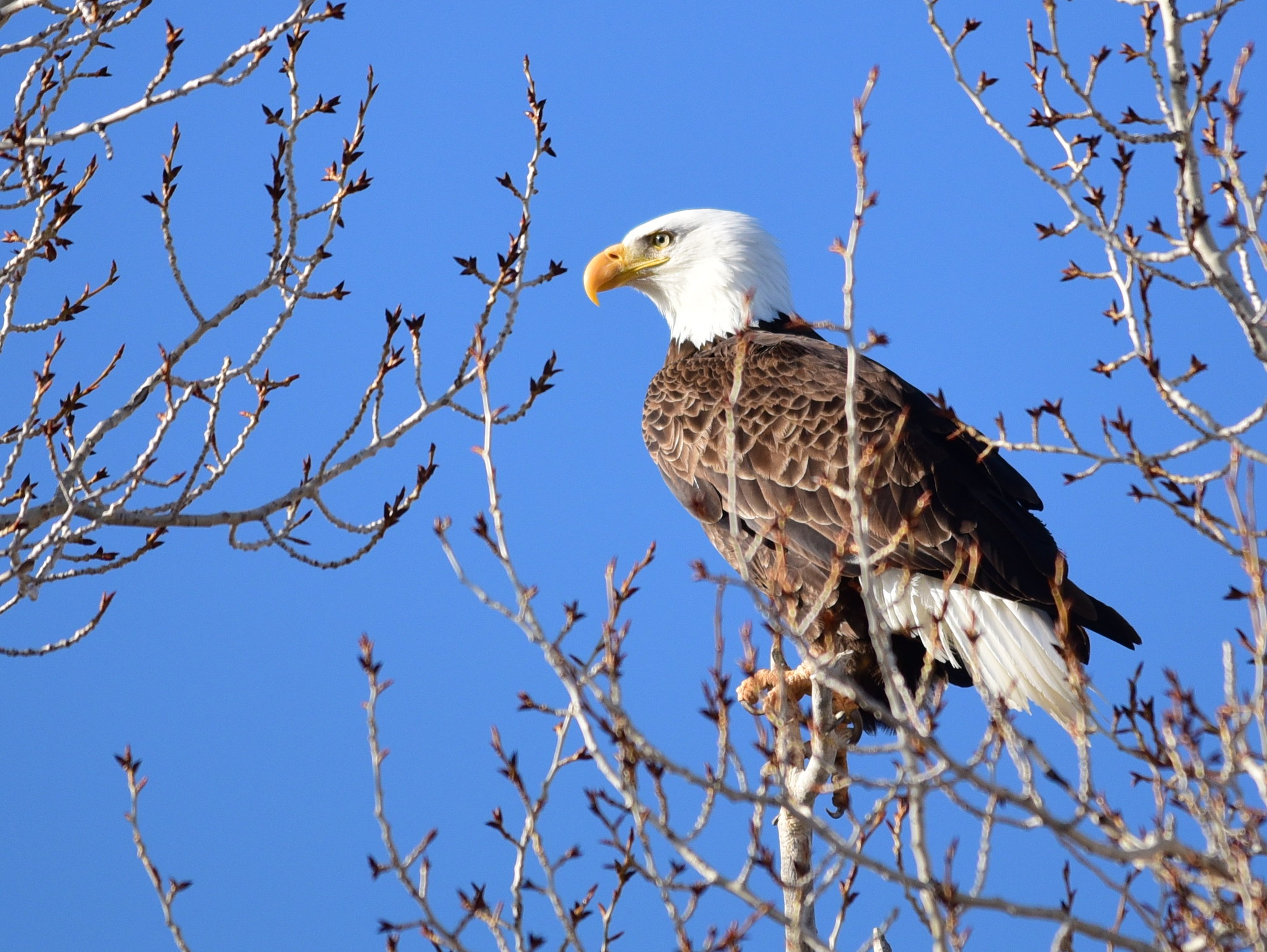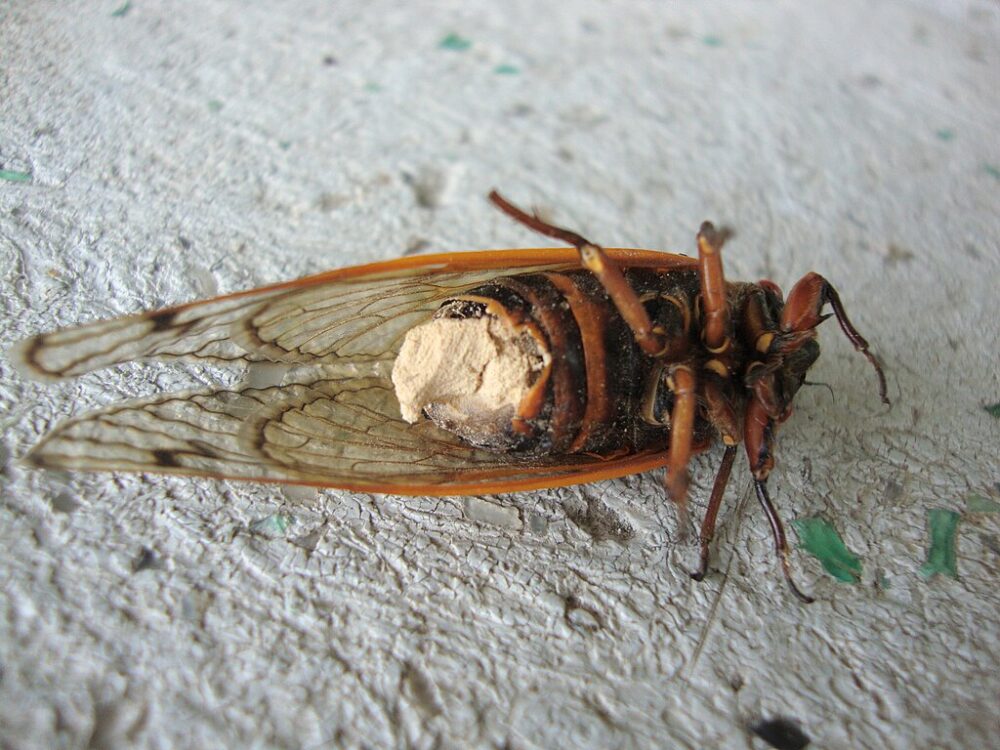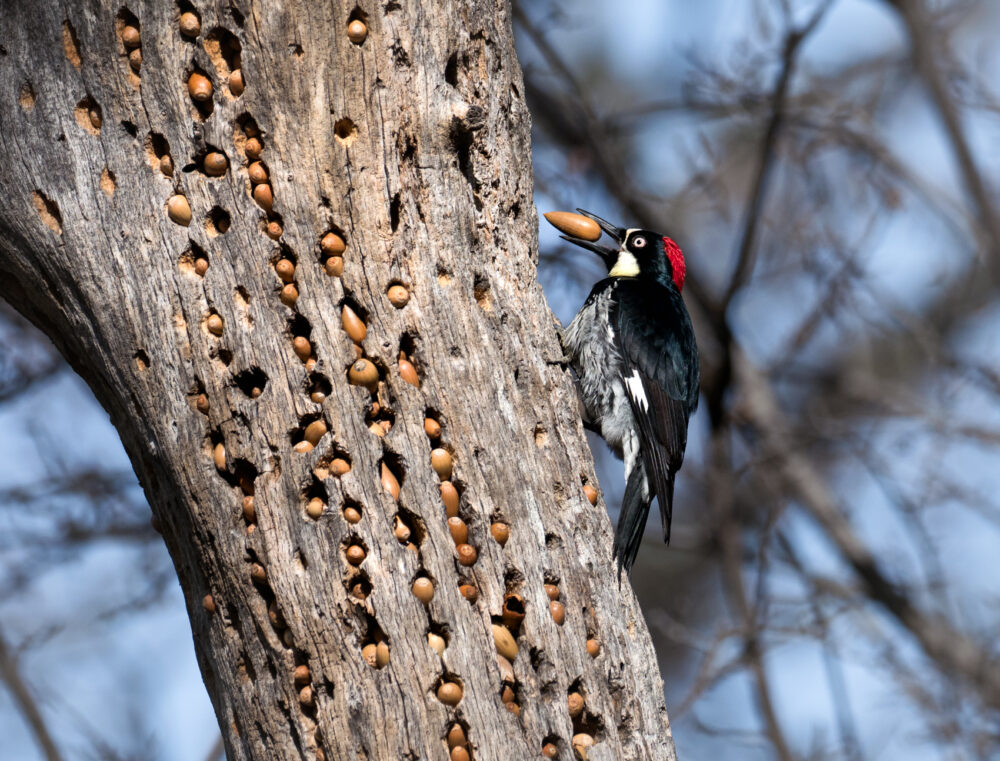We have much more to do and your continued support is needed now more than ever.
Now That’s Where I Draw the Line!

Have you ever heard the phrase, “I can’t draw a straight line with a ruler”?
If you have, you are not alone, millions of Black, Latinx, and Native communities hear it every time we have to draw a new line for representation, or the process known as redistricting. In this case, by drawing a straight line, I mean carving out areas in ways that represent their actual demographics so that every person is fairly represented.
Most of the time those lines are drawn by the state legislature, with the governor being able to reject it and have them go back to the drawing board. Some states have independent commissions, regular people who draw the lines instead of politicians. Congress is currently considering legislation, the For the People Act, that would standardize this process, mandating the use of independent commissions to draw these lines.
When states depend on regular people to draw the lines, it is important to have a good idea of what the state looks like demographically so that the commission will properly reflect who the lines are being drawn for.
Can they Census?
One way to help ensure the commission reflects the state is through the census, the census and redistricting go hand in hand. The census determines how many congressional seats and Electoral College votes each state gets for the next 10 years.
The 2020 Census was cut short, meaning funding to communities may be cut, congressional representation unfairly taken away, and of course districts redrawn in ways that do not truly reflect the population and are more party-driven than people-centered.
Our partner organization, The African American Mayors Association, took a stand against ending the census early, highlighting that “ Our country depends upon an accurate Census count to determine representation and distribute billions in federal funds to local communities”.
Even our nation’s wildlife depends on us getting an accurate count. The funding each state receives for wildlife grants depends on the number of people in each state.
Mustafa Santiago Ali, Vice President of Environmental Justice, Climate, and Community Revitalization at National Wildlife Federation gives an in-depth look at just how important the census is to environmental justice.
Crooked Lines
When the lines are drawn crooked or in a way that breaks up people with similar financial, social, and political needs, in an unfair way that does not represent all of the voices in a community, communities of color are often excluded.

Crooked lines leave Black, Latinx, Native, and low-income communities having little to no political power, which leads to those communities becoming fence-line or border communities to factories that cause air pollution within them.
Silencing voices of our most vulnerable populations, cutting off crucial funding to our wildlife, and not protecting the environment: Now that’s where I draw the line!
We can straighten crooked lines through public input, accountability, and transparency.
If America is to be the best version of itself then every voice must be heard, we must draw straight lines that protect both the people and the environment. With the census completed in 2020, this process of “redistricting” is about to start and it is important that people stay engaged and pay attention to how these lines are being drawn.






















